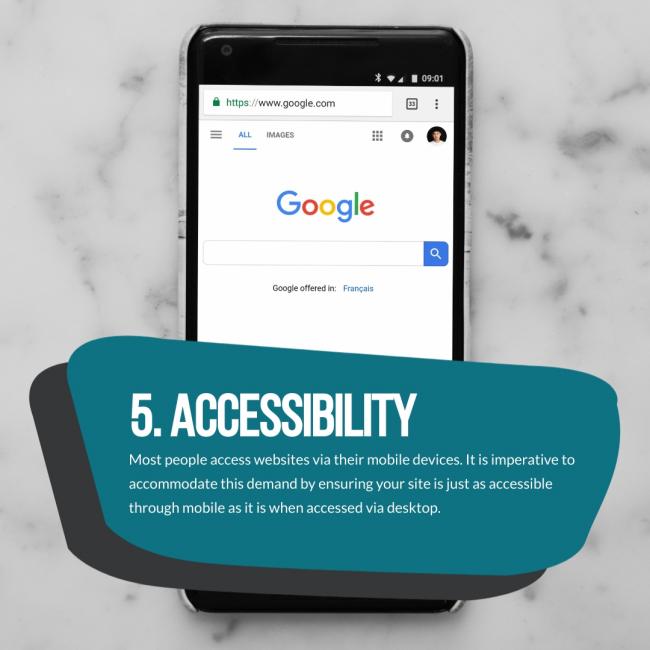Top 5 Principles of Effective Web Design

As a leading company in Toronto web development and design, Vestra Inet stays ahead of current and upcoming trends in design. Effective web design contributes more than simply serving the purpose of being aesthetically pleasing. Good web design is essentially functional web design – it prioritizes user experience, and is designed to ensure your business performs well online.
Today we’ll discuss 5 principles at the forefront of effective Toronto web development and design.

1. Defining Purpose
A well-designed site will cater to the needs of the person accessing your site. Whether your site users are looking for relevant information, are trying to make a transaction, etc., every page of your site must have a clear purpose to ensure ease of use for your users.

2. Effective Navigation
Your navigation panel should be structured in such a way that makes the most sense for your users. Having a logically structured navigation that flows well, will allow your site’s users to maneuver easily around your site. Best practices when it comes to navigation include the “3-click rule”, which dictates that users should be able to find what they are looking for on your site within 3-clicks.

3. F-Shape Pattern and Visual Hierarchy
In 2006, F-shaped reading pattern became actualized as the go-to structuring for content in developing effective web design. Users tend to scan computer screens in an “F” like pattern, whereby most of what people see first is in the top left of a screen.
Since 2006, Toronto web development and design has adapted to the natural behaviour of web users by working within the visual hierarchy of placing content based on type, and sequence of importance from left to right, and from top to bottom.

4. Content
An effective website should feature both impeccable design and compelling content. Using language meant to influence the behaviour of site users is important when trying to convert them into prospective customers.

5. Accessibility
Finally, as we’ve mentioned in previous blogs – your website must be responsive. Most people access websites via their mobile devices. It is imperative to accommodate this demand by ensuring your site is just as accessible through mobile as it is when accessed via desktop.
